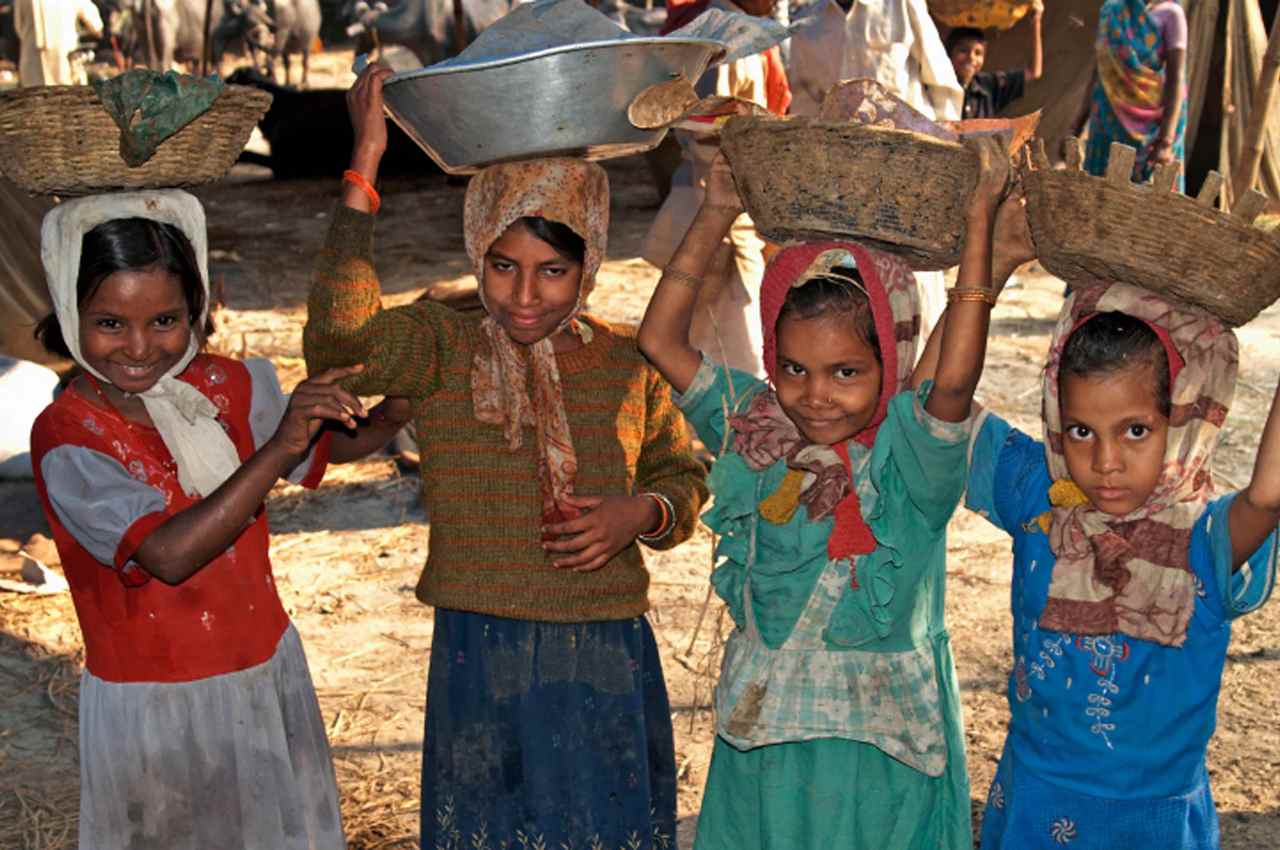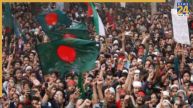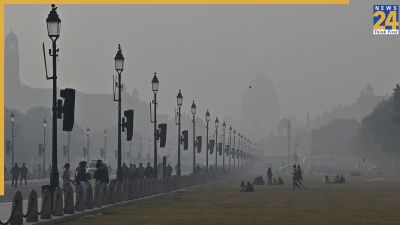United Nations: Child labor, caste-based discrimination and poverty are closely related to India. According to a report of the United Nations, in which along with discrimination against Dalit women in South Asia, slavery is also shown by them, due to which they have been systematically given all options in the field of life. and deprived of liberty.
According to Tomoya Obokata, Special Rapporteur of the Human Rights Council on Contemporary Forms of Slavery, including its causes and consequences, the main reasons for modern forms of slavery affecting minorities lie in intersecting forms of discrimination with a combination of many other factors.
He stated that they are often the result of historical legacies, such as slavery and colonialism, the system of inherited status, ceremonial and state-sponsored discrimination.
Child labor (in children aged 5 to 17), including its worst forms, exists in all regions of the world, Obokata said in a UN General Assembly report on Wednesday.
In Asia and the Pacific, the Middle East, the Americas and Europe, 4 to 6 percent of children are in child labor and in Africa the percentage is much higher (21.6 percent). Sub-Saharan Africa has the highest rate (23.9 percent).
Child labour, caste-based discrimination and poverty are interlinked in India, the report said. Minority and migrant children have also been reported to be engaged in child labor in various regions, including Angola, Costa Rica, Honduras and Kazakhstan, the report said.
Marginalized communities are often overlooked in public policies and national budgetary allocations and have generally limited access to justice and treatment for human rights violations, including contemporary forms of slavery.
It added that the stigma of certain communities is continued by negative stereotypes in the media, textbooks or on the Internet, which is contributing to their disempowerment.
The report further noted that bonded labor continues to be prevalent in South Asia among people who discriminate on the basis of work and race, such as Dalits.
In Bangladesh, Dalits are forced to do labor according to their caste status.
Obokata said in the report that the rate of child marriage has increased especially in marginalized communities such as Roma girls in South-Eastern Europe.
Official data collected by the Forced Marriage Unit of the United Kingdom and Northern Ireland shows that the majority of forced marriages are related to Pakistan and to a lesser extent Afghanistan, Bangladesh, India and Somalia.
Forced marriages of women and girls is a concern in Asia, including Afghanistan, Pakistan, Bangladesh, Cambodia, India, Kazakhstan, Sri Lanka and Vietnam.













